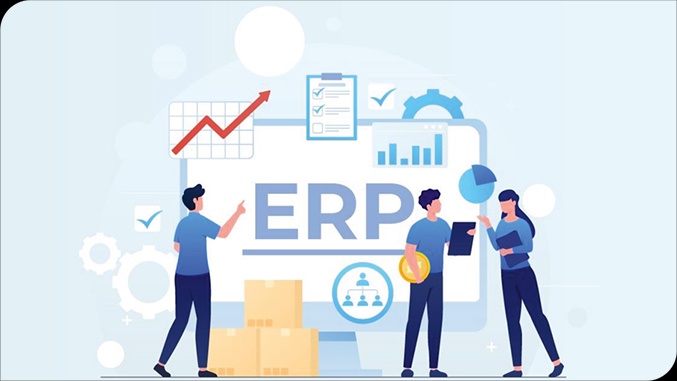What Leads to Successful Erp Implementation?
Establish an EDP as an integral part of the corporate hierarchy. ERP implementation can be successful when this process is taken as an integral part of the overall process of the organization. It should be a part of the strategic planning of the organization, only then can this process be successful.
Proper execution of the System Requirement Study phase
Data collection and analysis to be corrected effectively. So whatever the data is collected and analysed to arrive at the conclusions should be taken in such a manner that it is suited to the industry about which the decision has to be made and the economic environment and the organizational plans should also be aligned with this data collection and analysis.
Support from top management
The top management's support is essential to participate in it and abide by it. As we have seen the support not being there from the top management can be a hurdle or a burden in the whole process of ERP implementation. So to make ERP implementation successful, top management support is essential. It is very much necessary that the top management actively participates in the process and has faith in the process. It sticks to the ideal methodology when it comes to the implementation part. Set aside funds for technological requirements and other supporting costs. The whole implementation process has its own cost, it is time-consuming as well as expensive. So the organization has to ensure that it has funds allocated specifically to provide technological requirements, support and other support for all the costs that have to be borne for the successful implementation of any ERP.
Also Read: Barriers to ERP Implementation Process
Qualitative & quantitative approach
A proper balance should be kept between the qualitative and quantitative approaches to ERP. We have seen in one of the barriers that we tend to overlook the qualitative aspect, only the quantitative aspects are being focused upon, just to ensure the number of users that have to be granted. We have to ensure that for successful implementation, there is a proper balance between the qualitative and the quantitative approaches, to improve the productivity and responsibility of the users.
Balance between short-term & long-term requirements
Proper alignment between short-term and long-term ERP requirements. Short-term plans and long-term requirements should be properly aligned. There should not be any discrepancy between these two types of requirements; otherwise, the whole process becomes a failure. We all understand that the economy, the market, the industry, everything is very dynamic. Considering this working in a dynamic business environment, we have to ensure that the ERPs are built with inbuilt flexibility. It should be able to adapt to any changes that might come up at any stage. It should not be a rigid structure which does not allow modifications.
This Blog is Already Published at https://www.datanote.in/knowledge/blog/what-leads-to-successful-ERP-implementationERP Implementation Process
Contact No: +91 97370 45567
Email: info@safal.dev


No comments yet